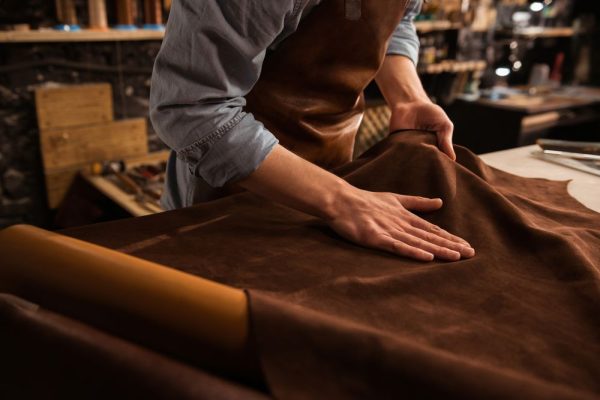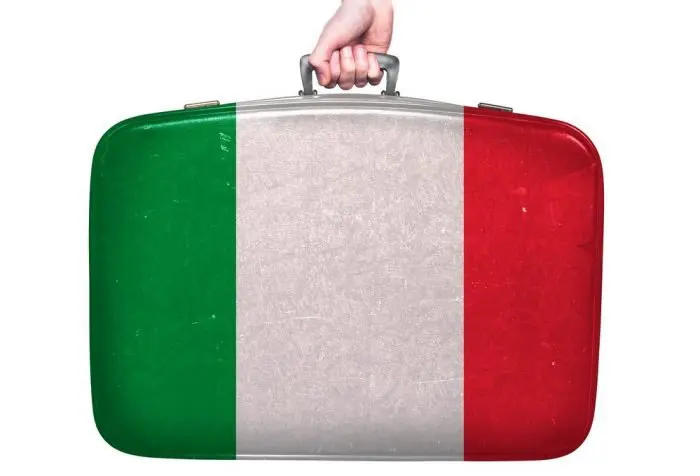All About Leather
A Place Where Leather Goods Are Made
The art of leather crafting has been a part of our history since primitive times, and that’s saying something. Sure, the process of making leather goods has evolved, especially in the last hundred years or so, but the principle is still the same. Leather material, in a lot of cases, simply guarantees quality. It has secured its place in our apparel and accessories for a good reason – it’s durable, long-lasting and versatile. Our ancestors have honed and developed leather crafting and sewing techniques through centuries of experience, and today we have a fine number of craftsmen that carry on those teachings. But where is that place where leather goods are made? And not just any leather goods, but rather the best ones?
Continue reading and find out!
Tradition
Many of the best leather craftsmen spend decades perfecting their work. They cultivate and improve their craft, and they pass it on to a new generation. That is what makes the entire trade so special.
The tools used in making leather goods might have developed through the ages, but their purpose remains the same. You still need something for sewing, for drawing, measuring, shaving and cutting as you did back then. However, the quality and efficiency of those tools is what has changed. Therefore, the time to make a leather bag for example has declined substantially.
The history of leather craft has evolved over time, but only where needed, much like the history of mankind.

Let’s talk shop
As with any other trade, it’s no surprise that you need a variety of tools and materials to work with. Leather crafting requires knowledge of different kinds of hides, their pros and cons, etc., as well as a variety of tools. With that in mind, here are some of the most commonly used tools you will find in a leather workshop:
- Cutting: Since there is always cutting involved, you will see a wide collection of blades in a typical workshop. These include scissors, utility knives and precision blades, and of course – a cutting mat, preferably a self-healing one.
- Sewing/Lacing: Oftentimes you can see a craftsman using machines to get stitching and sewing done quickly. But at times he is also required to do the lacing and stitching by hand. A stitching horse, a stitching awl and a punch tool for the holes are what makes this process possible.
- Mallets: The craftsmen can’t always punch holes in by hand alone. This is where they rely on hammers and mallets. When hammering away at the hole punchers, remember to pay attention to the material of the hammers. You never want to use metal hammers on your wooden and fragile tools, since the hardness will damage them. Opt for a nylon hammer or something similar instead.
- Modeling: Now here you will find dozens of different tools. From chiseling to burning, to just plain carving utilities.
These are just some of the tools used in the leather-making process.

Why go Italian?
We’ve covered some of the basic tools used for leather production, but what about the leather itself? Naturally, when searching for leather to work with, you will find materials from all around the globe. But there is one country in particular that always manages to stand out in the leather making business. Italy.
So what makes Italy stand out from the rest?
A great part of what makes Italian leather such high quality is the tradition and work ethic of their craftsmen. Since a lot of small family-owned businesses dominate the Italian leather-making industry, it only makes sense that they are in it for the long game – which means quality work and customer satisfaction.
Another key factor in their production is the use of something called vegetable tanning. In short, vegetable tanning is an enhancement process. It involves using natural tannin found in the inner layers of tree bark for example, to give the leather its pristine look and feel. Now, what this does is bring out the best natural attributes of the leather. All the marks and patterns that appear during the process are completely natural and unique.
The end result is long-lasting, top quality leather that has not been chemically processed.
Doing it yourself
Leather crafting, like any skill worth learning, takes time and practice. But nonetheless, it’s rewarding work, and there is no reason why you shouldn’t give it a shot.
If you would like to try and experience leather crafting yourself, you don’t necessarily need a full workshop. You can find lots of useful tutorials online on how to make leather goods. For example, take a look over here for a tutorial on how to make a top-notch leather bag.
For more instructions on maintaining your leather products, as well as a wide selection of handmade leather bags for men and women, browse through our website.

Conclusion
While leather products from all over the world can be good enough, however, never settle for anything less than superb. There is a reason why Italian leather products dominate the leather market. And that reason should be very clear by now.
Hope you enjoyed the read. Join our family by subscribing to our newsletter and follow us on Facebook!


Very good post! Keep up the great writing.